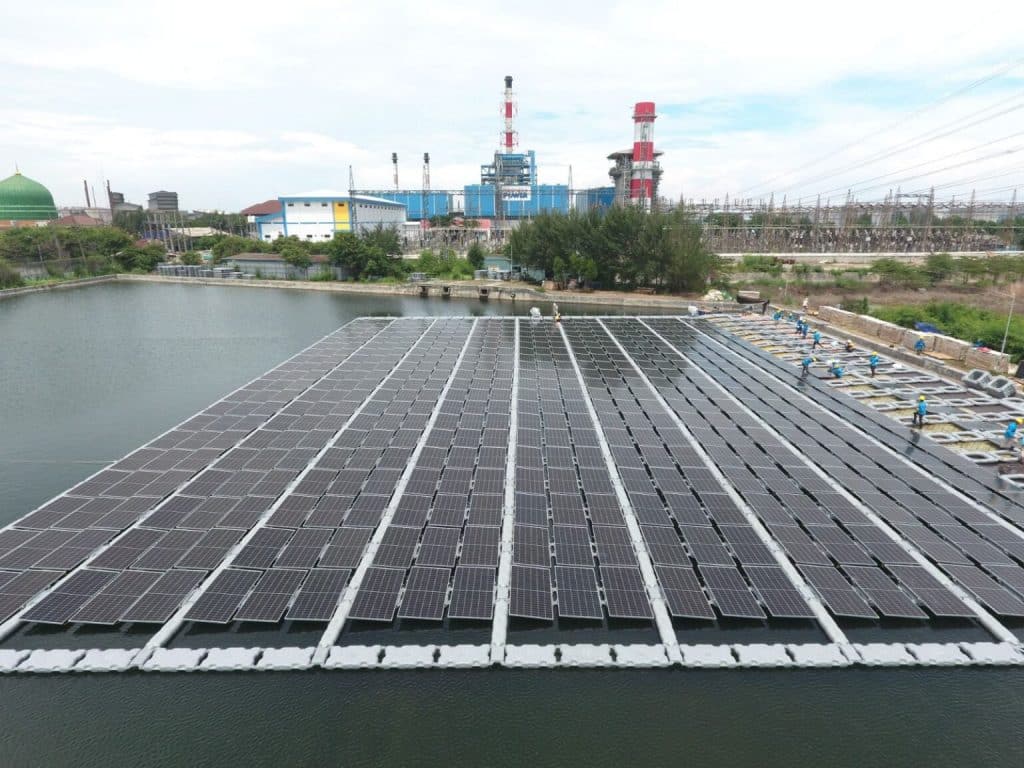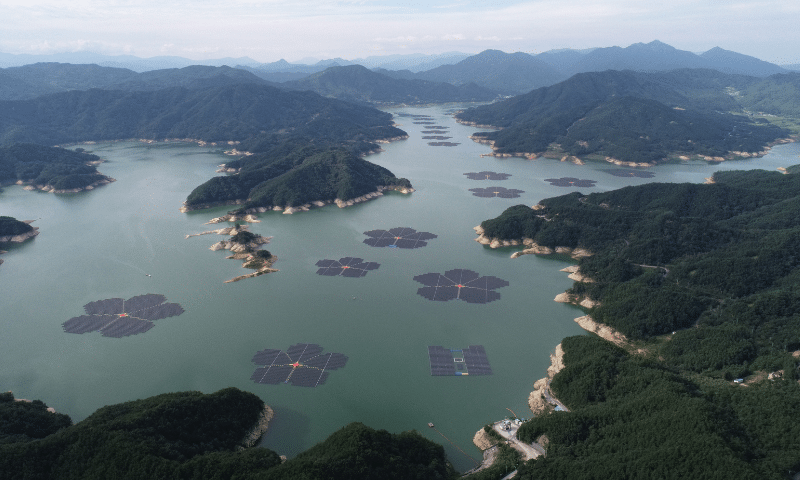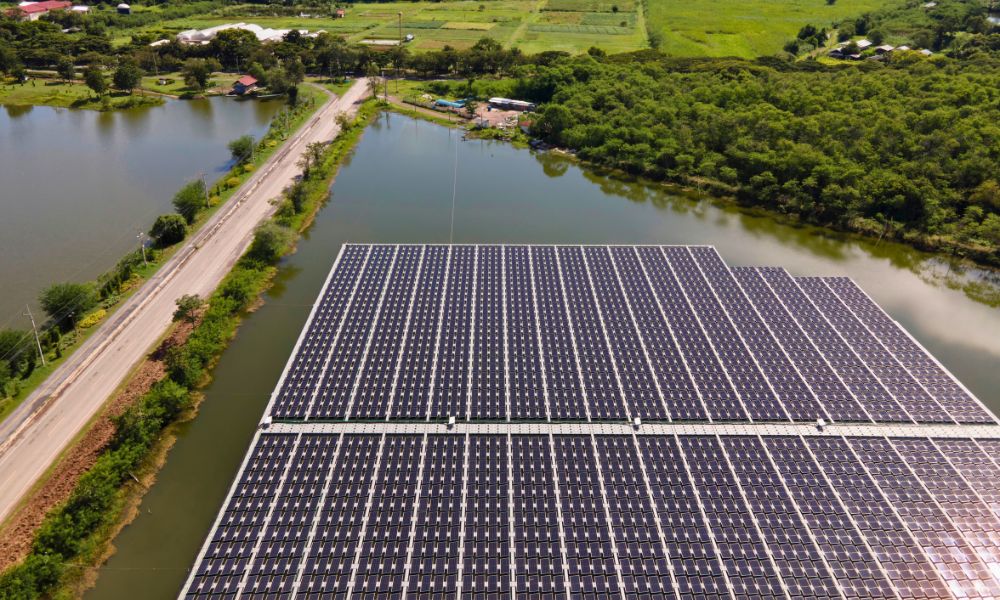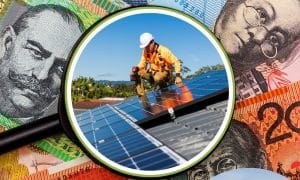In the quest for sustainable and renewable energy sources, solar energy has emerged as a promising solution to combat climate change and reduce our reliance on fossil fuels. Over the years, solar panels installed on rooftops and vast open fields have become familiar sights. However, an innovative approach is gaining momentum, offering new possibilities for harnessing an infinite amount of the sun’s energy: floating solar energy. In this article, we delve into the concept of floating solar and explore its potential, highlighting the recent developments mentioned in the article by PhD Candidate, School of Engineering, David Silalahi and Professor of Engineering Andrew Blakers both in Australian National University published in The Conversation.
Energy Matters has been a leader in the renewable energy industry since 2005 and has helped over 40,000 Australian households in their journey to energy independence.
Let us discuss and choose the best quote that suits your needs and budget, and we can connect you with our trusted local installers, who will provide up to 3 FREE quotes for your home and business solar energy system.
Indonesia has significant solar energy potential
A groundbreaking new research study reveals that vast arrays of offshore solar panels floating on calm equatorial seas have the potential to revolutionise energy production in densely populated countries in Southeast Asia and West Africa. By harnessing the abundant solar energy available in these regions, it is estimated that Indonesia alone could generate a staggering 35,000 terawatt-hours (TWh) of solar energy annually, equivalent to the current global electricity production.

Unlike wind energy, which is limited in these tropical locations, offshore floating solar panels present an ideal solution to address the solar energy needs of high population density countries like Indonesia and Nigeria. Furthermore, global heat maps show that the Indonesian archipelago and the Gulf of Guinea near Nigeria have the greatest potential for floating solar arrays.
The research suggests that the global economy will be significantly decarbonised and electrified by mid-century, with solar and wind energy playing a pivotal role. Approximately 70 square kilometres of solar panels could fulfil the solar energy requirements of one million affluent individuals in a zero-carbon economy, and these panels can be deployed on rooftops, in arid areas, or even floated on water bodies.
While land-based solar options may be limited in highly populated regions, offshore floating solar offers an attractive alternative, especially in regions that experience calm seas with minimal waves and winds. Such areas could generate up to one million TWh per year, exceeding the solar energy needs of a fully decarbonised global economy supporting 10 billion affluent people by five times.
The future of offshore floating solar panels
Indonesia, with its dense population and vast solar energy potential, stands to benefit significantly from offshore floating solar technology. With around 140,000 square kilometres of seascape experiencing calm conditions, floating solar panels could become a key component of Indonesia’s future solar energy strategy. Moreover, Indonesia’s 6.4 million square kilometres of maritime area provides ample space for potential expansion.

While the offshore floating solar industry is still in its early stages, the research indicates that regions within 5-12 degrees of latitude of the Equator, particularly in and around the Indonesian archipelago and the Gulf of Guinea, hold the most promise for this technology. These areas boast low wind generation potential, rapid population growth, and considerable intact ecosystems that should not be cleared for solar farms. Additionally, tropical storms rarely impact equatorial regions, reducing the risk of damage to the floating panels.
Challenges and future prospects
Despite some challenges, such as salt corrosion and marine fouling, the study predicts that offshore floating solar panels will play a vital role in the solar energy mix for countries with access to calm equatorial seas. By mid-century, it is projected that approximately one billion people in these regions will primarily rely on solar energy, marking one of the fastest solar energy transitions in history. As the offshore floating solar industry matures, this innovative technology offers a promising and sustainable solution to meet the solar energy demands of rapidly growing populations in Southeast Asia and West Africa.

Understanding floating solar panels
Floating solar, also known as floating photovoltaic (FPV) or floating solar farms, involves the installation of solar panels on water bodies such as lakes, reservoirs, and even offshore waters. The concept is not entirely new, as early experiments with floating solar date back to the 1970s. However, recent advancements in technology and growing environmental concerns have sparked renewed interest in this approach.
Is solar energy suitable for your business? Solar energy has numerous advantages that are worth investigating. Investing in solar will minimise your operational costs, reduce your company’s carbon footprint, and prepare it for the future. A commercial property with a solar installation is excellent for business.
When installing commercial solar for a company, it is crucial to be informed of all types of federal government solar rebates, incentives and the many benefits these provide, as they may help Australian businesses become future-ready and sustainable for years to come.
Contact us today for up to 3 FREE quotations from commercial solar firms we’ve pre-qualified and vetted for their track record of delivering Australia’s best business solar systems.
Some key benefits of floating solar panels
- They can generate electricity even when the sun is not directly overhead.
- They have the potential to reduce evaporation.
- They can be installed in areas that are not suitable for other types of solar energy projects.
- They have several environmental benefits, such as reducing evaporation and cooling water bodies.
An infinite amount of clean solar energy
Floating solar power represents a transformative step towards achieving a sustainable future with limitless clean solar energy. As the world continues to face the pressing challenge of climate change, innovative technologies like floating solar offer hope and a path towards a greener and more resilient planet. We can conserve land resources, reduce water evaporation, and support the transition to a low-carbon solar energy landscape by harnessing the sun’s solar energy on water bodies. While challenges exist, continuous research, development, and global collaboration will pave the way for a brighter, renewable energy-powered future.
Still can’t afford to switch to solar power?
Are you considering getting solar panels but are currently short on funds? You can still invest wisely, and Energy Matters can help you.
Powow and Energy Matters have teamed up to provide consumers with an alternative to switching to solar power and battery storage.
The biggest obstacle to installing solar and battery storage is typically finance. With Powow’s PPA and VPP, our customers will have a $0 upfront option and financial stability in the uncertain energy market.
Get up to 3 obligation-free quotes by getting in touch with us right away. Find out what payment plan options suit your needs and budget!
Check out our page for Powow: Power Purchase Agreement (PPA) and Virtual Power Plant (VPP).














































